Bouldering is a form of rope-free rock climbing, a physical and mental challenge for beginning climbers as well as longtime devotees.
Whether you’re scaling a wall outside or in a bouldering gym, you need mobile shoulders and hips, and strong legs, core, and grip — from your fingers to your forearms.
Yet no amount of strength alone will make you a good “pebble wrestler,” a nickname coined to describe outdoor boulderers climbing rockfaces, up to about 20 feet, with minuscule holds. Your brawn will take you only as far as your brain can maneuver.
There’s a reason bouldering routes are called “problems”: The ability to think and move through a complex sequence of holds can mean the difference between topping out or landing on your crash pad.
“Being able to figure out how you’re going to move from one hold to the next requires everything you’ve got — mentally and physically,” says Alex Puccio, professional climber and 10-time American Bouldering Series champion. “It’s a whole-body workout that necessitates flexibility, strength, a solid core, and an understanding of how your body moves.” (Read more at “Rock Solid: Alex Puccio.”)
Many people tend to rely on upper-body strength, adds Ayo Sopeju, head routesetter of the Minneapolis Bouldering Project. But training in a way that improves hand grip, movement mechanics, and leg strength can be key for becoming more comfortable on a wall.
Physical training paired with sheer mental tenacity — the willingness to try, fail, and try again — will take you far in this adventure sport.
These expert tips can help you take your climbs to the next level.
Technique Tips & Drills
Learn to Land
Falling is a given in bouldering, so knowing how to land is critical. Follow these tips to stay safe:
- Always seek out experienced climbing partners and qualified instructors before practicing a fall.
- Make sure you have a clear landing area.
- If you’re climbing in a gym, use the mats provided to cushion your landing. Outdoors, it’s critical to have a crash pad and a spotter.
- When you realize you’re falling, don’t fight it. Don’t try to grab other holds, and don’t tense up.
- Keep your knees soft and legs spread wide. Tuck your chin slightly and keep arms in front of your body.
- Land on your feet, if possible; then use the momentum of the fall to tuck and roll onto your side, back, or shoulder, away from the wall and other hard surfaces.
Call Your Squad
One of the most prized aspects of bouldering is the social connections you make, says Puccio. Boulderers help each other solve problems, share gear, and act as spotters when necessary.
Additionally, “there’s quite a lot of downtime, when you’re recovering and prepping yourself mentally for the next climb,” she notes. “You can share in the fun, goof off, cheer for each other, and still be getting an intense workout.”
Drill 1: Hang Around
For many beginner climbers, finding the muscular strength and endurance needed to stay on the wall is the biggest challenge. Sopeju recommends the following approach to build up your hang time:
- Grasp a pull-up bar with an overhand grip. Pull up slightly to engage the muscles in your upper back and shoulders. (Make this easier by securing a closed-loop resistance band around the bar and placing one foot inside.)
- Hang for 10 to 15 seconds, rest as needed, and repeat two or three times.
- Sway from side to side until you can release your right hand and move it a few inches to the right. Do the same with the left. Then move each hand back in.
Drill 2: Work Your Legs
Single-leg strength is another requirement for making it on the wall. Imagine stepping onto a hold with one leg and pushing up to stand with just that leg as you reach for a handhold: Scenarios like this are why Puccio recommends working each leg separately. Practice one-legged pistol squats to bump up your unilateral strength:
- From standing, shift your weight onto one leg. Engage the glute and quad on that side, and extend your arms in front of your chest for balance.
- Slowly begin bending the knee of the standing leg, straightening the opposite leg in front of you.
- Maintaining control and keeping a proud chest, try to lower yourself as far as you comfortably can, aiming for a deep squat that brings your rear end close to the floor.
- Press through the heel of your working leg to stand back up.
If you succeed in doing this on the first try, congrats! This is an extremely difficult strength move, so you may need the following modifications to make it easier: Lower yourself to a box or bench. Or, instead of simply extending your arms, hold on to a secured suspension trainer for support.
Drill 3: Build Core Strength
“The more you can work your core and focus on that when you’re climbing, the easier it will be to move,” says Puccio.
This is her favorite core-strengthening exercise:
- Lie on your back with hands under your glutes, and imprint your back to the floor.
- Raise your legs straight up in the air. (If this is too challenging, bend knees as needed to keep your back flat on the floor.)
- Slowly lower your legs toward the ground, making sure your back stays flat.
- Repeat 10 to 20 times for three to five sets.
This originally appeared as “The Art of Pebble Wrestling” in the May 2019 print issue of Experience Life.|
Essential Bouldering Gear

LA SPORTIVA SOLUTION SHOES
Shoes designed for climbing allow you to use your toes and heels with efficiency and dexterity. $180 at www.lasportiva.com.
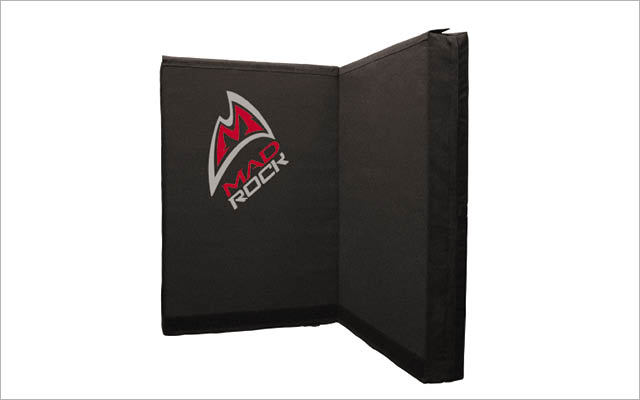
MAD ROCK MAD PAD
If you’re in a bouldering gym, the padded floor will break your fall. Outside, you’ll need a crash pad. About $130 at www.moosejaw.com.
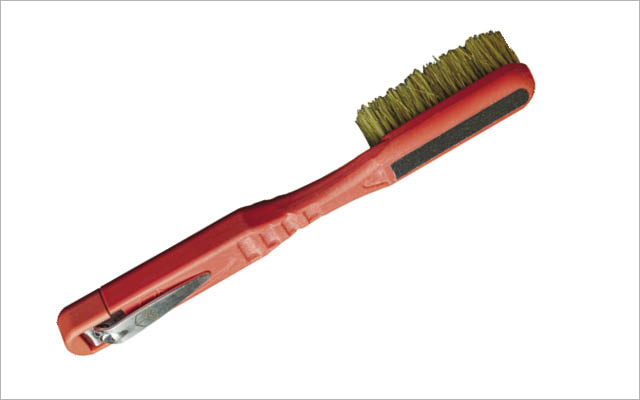
CLUTCH CLIMBING BRUSH
Climbing brushes are useful for cleaning holds to ensure a better grip. This three-in-one tool also has nail clippers and a sandpaper strip for filing down rough, splitting skin. $15 at www.clutchclimbinggear.com.
Talk the Talk
Bouldering, like many social sports, has a lingo that can be bewildering to outsiders but helps keep participants safe and connected. Here’s a linguistic primer.
Crash pad: A pad placed below the boulderer to reduce the risk of injury.
Dyno: A quick, dynamic movement from one hold to the next.
Hold: Any part of the rock that can be used to ascend a problem.
Matching: Placing both hands or both feet on the same hold temporarily.
Pinch: Pinching a small hold between the thumb and fingers.
Problem: A sequence of holds.
Send: To successfully ascend the wall or complete a route.
Spotter: Someone who stands beneath you to guide you to the crash pad in case you fall.
Traverse: To move laterally across the rock.
V Scale: A measure of difficulty assigned to bouldering problems; currently ranging from V0 (easy) to V15 or V16 (nearly impossible).
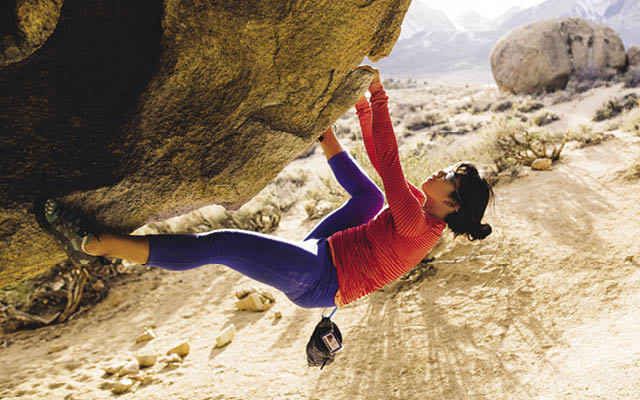

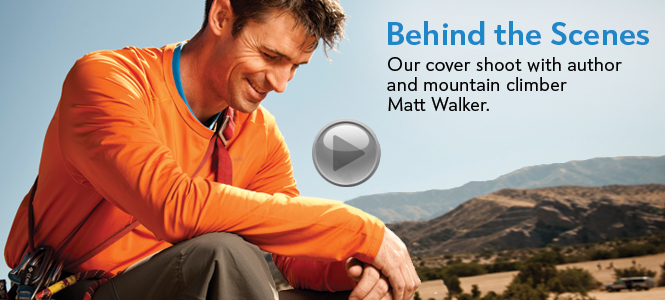
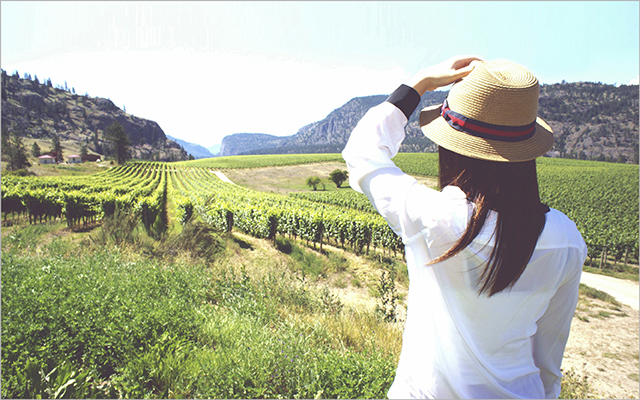
This Post Has One Comment
wow!!Useful guide for me!! Thanks for your sharing!